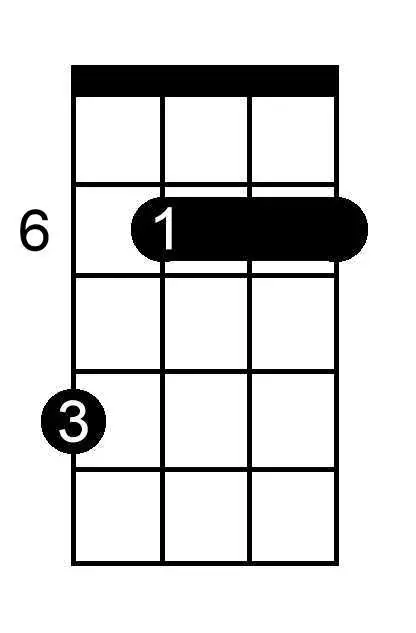

can be used effectively as a substitute for the Eb minor chord. The Ebm7 chord is quite often used interchangeably with the Ebm chord.įor more interesting substitutions, playing variations of the Gb chord (which is the relative Major of E flat minor), such as Gb6, Gb69, Gbmaj9 etc. For example, Ebm9, Ebm11 and Ebm6 can often be used to add colour and emotion to the Eb minor chord. Most Eb minor chords with extensions can be used as a substitute for the Eb minor chord. The most common way to play the Ebm chord is by playing the root-5 minor chord, starting on the sixth fret. If you’ve come to this page just to view some chord diagrams for Ebm, here they are. The seven chords in the key of Eb minor are: Ebm, F diminished, Gb+, Abm, Bb, Cb, D diminished
 Ebm is the first chord in the key of Eb minor. Eb minor is the relative minor of Gb Major. The Eb minor chord (just like all minor chords) contains the following intervals (from the root note): minor 3rd, Major 3rd, Perfect 4th (back to the root note). The Eb minor chord is produced by playing the 1st (root), flat 3rd and 5th notes of the Eb Major scale. The E flat minor chord contains the notes Eb, Gb and Eb. None of the notes in the Ebm chord can be played on the open strings of the guitar, so Ebm can not be played as an open chord, Some Quick Ebm Chord Theory It is enharmonically the same as the D sharp minor chord, but Ebm is the most common version of the two. The E flat minor chord is most commonly played as a root-5 bar chord, starting on the 6th fret.
Ebm is the first chord in the key of Eb minor. Eb minor is the relative minor of Gb Major. The Eb minor chord (just like all minor chords) contains the following intervals (from the root note): minor 3rd, Major 3rd, Perfect 4th (back to the root note). The Eb minor chord is produced by playing the 1st (root), flat 3rd and 5th notes of the Eb Major scale. The E flat minor chord contains the notes Eb, Gb and Eb. None of the notes in the Ebm chord can be played on the open strings of the guitar, so Ebm can not be played as an open chord, Some Quick Ebm Chord Theory It is enharmonically the same as the D sharp minor chord, but Ebm is the most common version of the two. The E flat minor chord is most commonly played as a root-5 bar chord, starting on the 6th fret.






 0 kommentar(er)
0 kommentar(er)
